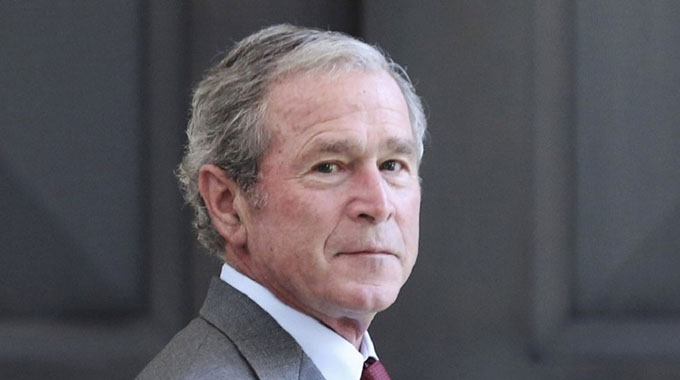Trump’s Protectionism Worries the G-7
The leaders of the six largest world economies and Russia,** while meeting next Friday in Quebec, Canada, will mainly discuss American protectionism and the consequences it may have for world economy. The foul mood between the other countries and the U.S. was easily visible at the preparatory meeting that took place over the past weekend with the presidents of the central banks and finance ministers from the Group of Seven leading industrial nations. The strongest criticism recently came from Canada, Mexico, Japan, China and the European Union, signaling a potential rupture by way of a trade war.
Analysts believe that the isolationist policies imposed by Donald Trump – whose attendance at the event has been confirmed – also threaten to ruin Western historical alliances, and all signs show there is indeed logic in such a warning. Guided by the campaign slogan “Make America Great Again,” the White House – as an institution – has succumbed to the president’s grip. Trump has made informal tweets one of his most important means of communication – many times before listening to input from his advisers. No wonder there have been so many government contradictions and retractions throughout the 500 days of Trump’s administration. Likewise, the high turnover of top-level staff.
The announcement in March regarding the one-sided tariffs over steel and aluminum, which Trump confirmed last Friday, is a typical example of Washington's newfound reality. A certain pressure on China and its commercial conduct would be understandable – especially when it comes to currency manipulation – but the consequences of going head-to-head with the second largest economy in the world are unpredictable.
Besides, it is hard to explain – even to several Republicans in Congress – Trump’s attack against allies like Canada and Mexico, united by NAFTA negotiations, as well as European nations, alongside which the U.S. signed the Trans-Pacific Partnership. Far from settling for these tariffs, these nations and blocks of countries are looking for ways to retaliate against Washington's initiative to impose tariffs on their products.
Trump claims to be fulfilling his campaign promises to retrieve jobs "stolen by globalization." He adds that a country with an $800 billion commercial deficit has nothing to lose in a trade war. His logic, however, does not take into consideration the effects of protectionist measures on the world economy, which go beyond just commerce.
These events occur while America prepares to raise interest rates and attract the global flow of investments to its country. Trump’s protectionism could have damaging effects on the economic stability that was painfully recovered after the 2008 economic crisis. The impact of Trump’s protectionism is also unfolding into a possible geopolitical crisis which threatens to place the world on thin ice.
*Editor’s note: The Group of 7 leading industrial nations held its summit in La Malbaie, Quebec, Canada on June 8 and June 9. This commentary was written prior to the meeting but the editors believe the author’s opinion is still relevant.
**Editor’s note: The author is mistaken with respect to Russia. Russia is not a member of the G-7 group of leading industrial nations and was not present at the 2018 meeting. Russia was suspended as a member in response to its annexation of Crimea from Ukraine in 2014. Current members are Canada, the United States, Italy, Germany, France, Japan and the United Kingdom.

